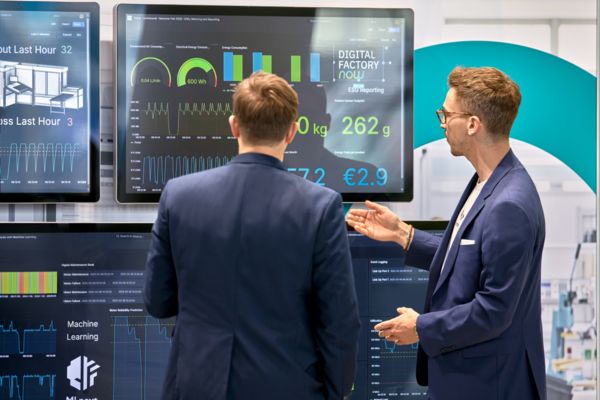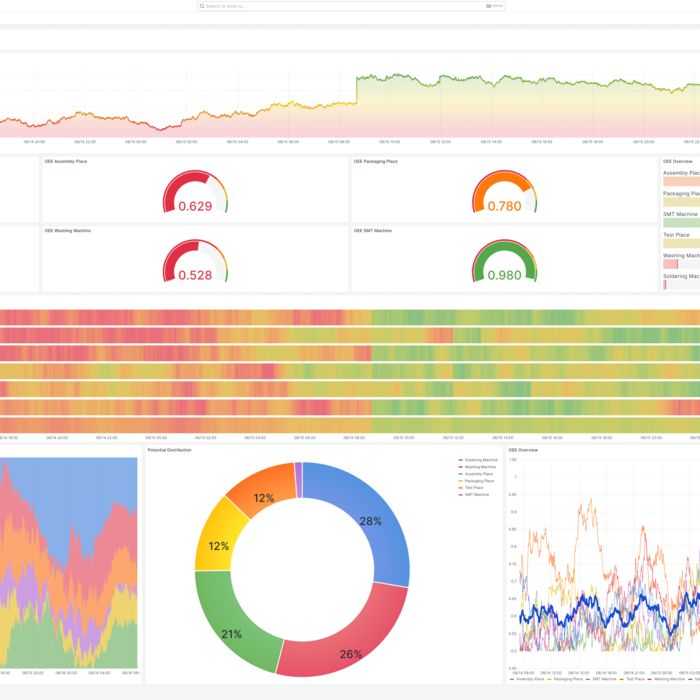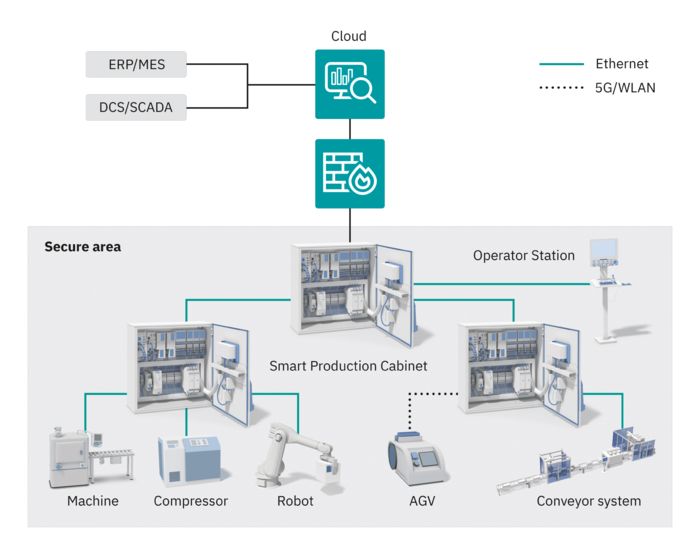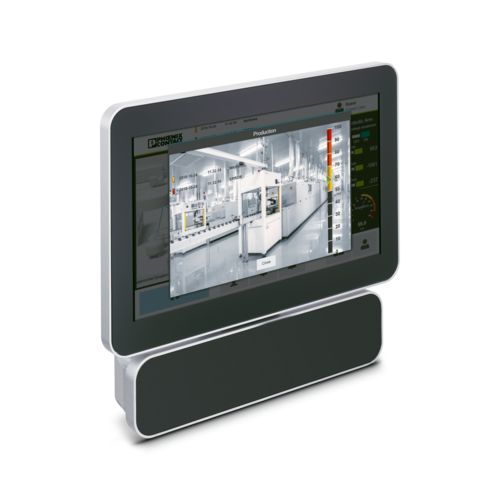
Devices such as the EMpro and sensors for temperature, vibration, and pressure can be used to record important data regarding the operation of three-phase motors. The collected data is analyzed in the MLnext software app in order to monitor and optimize the energy consumption and performance of the motors.



































